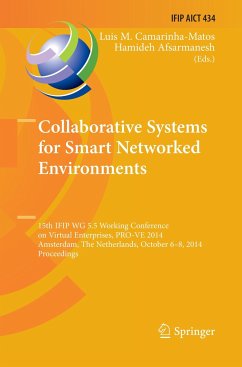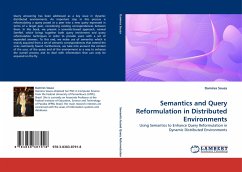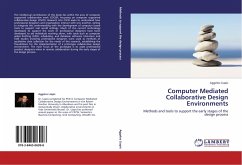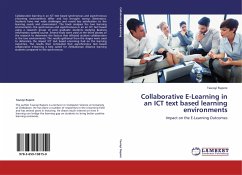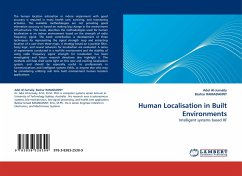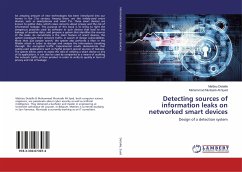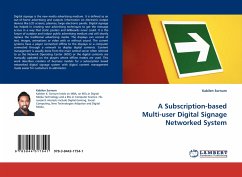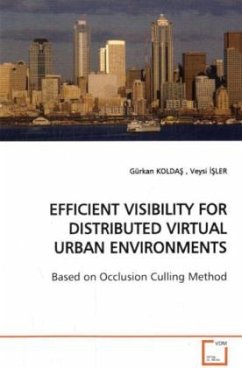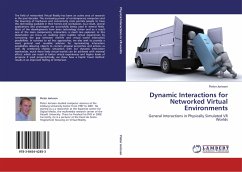
Dynamic Interactions for Networked Virtual Environments
General Interactions in Physically Simulated VR Worlds
Versandkostenfrei!
Versandfertig in 6-10 Tagen
52,99 €
inkl. MwSt.

PAYBACK Punkte
26 °P sammeln!
The field of networked Virtual Reality has been an active area of research in the past decades. The increasing power of contemporary computers and the lowering of hardware and connectivity costs permits people to have this technology available in their homes and workplaces. As a result, several applications and prototypes are successfully being used in several fields. Most of the developments have been technology driven and as a result one of the main components, interaction, is much less explored. In this dissertation we focus on realizing more realistic virtual experiences by narrowing the g...
The field of networked Virtual Reality has been an active area of research in the past decades. The increasing power of contemporary computers and the lowering of hardware and connectivity costs permits people to have this technology available in their homes and workplaces. As a result, several applications and prototypes are successfully being used in several fields. Most of the developments have been technology driven and as a result one of the main components, interaction, is much less explored. In this dissertation we focus on realizing more realistic virtual experiences by narrowing the gap between real-life and virtual world interaction possibilities. In contrast to ad hoc approaches, we also seek to provide a more general and reusable solution for representing interaction possibilities allowing objects to contain physical properties and actions as well. By combining realistic simulation with our dynamic interaction mechanism, much more lively virtual worlds can be achievedwith minimal effort, which can result in better virtual experiences and higher levels of presence if used properly.Finally, we show how a haptic travel method results in an improved feeling of immersion.



